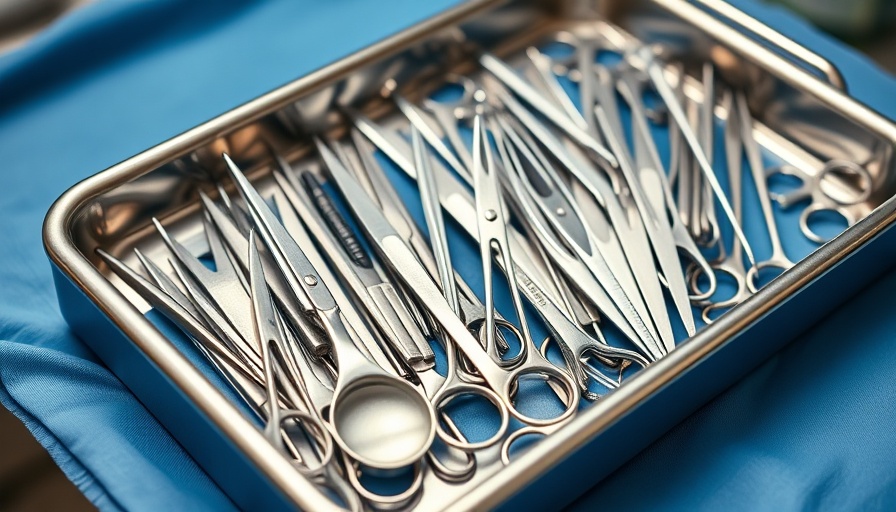
Understanding the Complexity of Surgical Instrument Selection
In the world of veterinary medicine, surgical interventions can be a vital component of patient care. As such, the selection of surgical instruments plays a critical role in the success of these procedures. While one might assume that choosing basic surgical instruments is a straightforward task, it often presents a myriad of challenges that can significantly impact a clinic’s operations and patient outcomes.
The Importance of Choosing High-Quality Instruments
Selecting the right instruments is not merely about having the tools at hand; it is about ensuring that these tools are of superior quality and reliability. High-quality surgical instruments are essential for minimizing complications during procedures and enhancing the surgical team's efficiency. A keen focus on instrument selection can lead to reduced surgery time and improved recovery rates for patients.
Budget Considerations and Investment in Quality
Cost is undoubtedly a significant factor for veterinary clinics. However, investing in quality surgical instruments can yield substantial returns. Lower-quality instruments might seem financially appealing initially, but the long-term costs associated with replacement, repairs, and potential complications due to instrument failure can erode any perceived savings. Thus, clinic owners should conduct a thorough cost-benefit analysis when selecting their surgical tools.
Technological Advances in Veterinary Instruments
Innovation in surgical instruments is transforming the veterinary landscape. Emerging technologies enhance instrument precision and functionality, allowing veterinarians to perform more complex procedures with greater ease. Clinics that adopt the latest technologies stand to improve their service offerings, which can help attract more clients and boost profitability.
The Learning Curve: Training Staff on New Instruments
Selection of instruments should be accompanied by adequate training for all surgical staff. Familiarity with new instruments can accelerate surgical procedures and increase safety. Investing time in staff training can reduce error rates and improve overall performance during surgery, reinforcing the clinic's reputation for quality care.
Compliance with Standards and Regulations
Choosing surgical instruments also involves ensuring that all tools meet current regulatory standards and compliance requirements. Failure to do so can lead to severe penalties and damage a clinic's reputation. Therefore, it is essential for veterinary practitioners to stay informed about the evolving regulations concerning surgical instruments.
Seeking Diverse Perspectives for Instrument Selection
It can be beneficial for veterinary clinics to solicit feedback from various stakeholders when choosing surgical instruments. Conversations with veterinary technicians, experienced veterinarians, and surgical staff can provide invaluable insights into the efficacy and usability of different tools. By fostering a collaborative environment in decision-making, a clinic can enhance its surgical capabilities.
Conclusion: Navigating the Selection Process
Selecting the correct surgical instruments is a multifaceted task that can significantly influence a veterinary practice's success. By prioritizing quality, investing in training, keeping abreast of technological advancements, and ensuring compliance with regulations, clinics can not only improve their operational efficiency but also provide superior care for their patients.
Veterinary clinic owners and managers are encouraged to reflect on their current surgical instrument inventory and consider whether their choices align with their practice goals and patient care standards.
 Add Row
Add Row  Add
Add 

 Add Row
Add Row  Add Element
Add Element 




Write A Comment